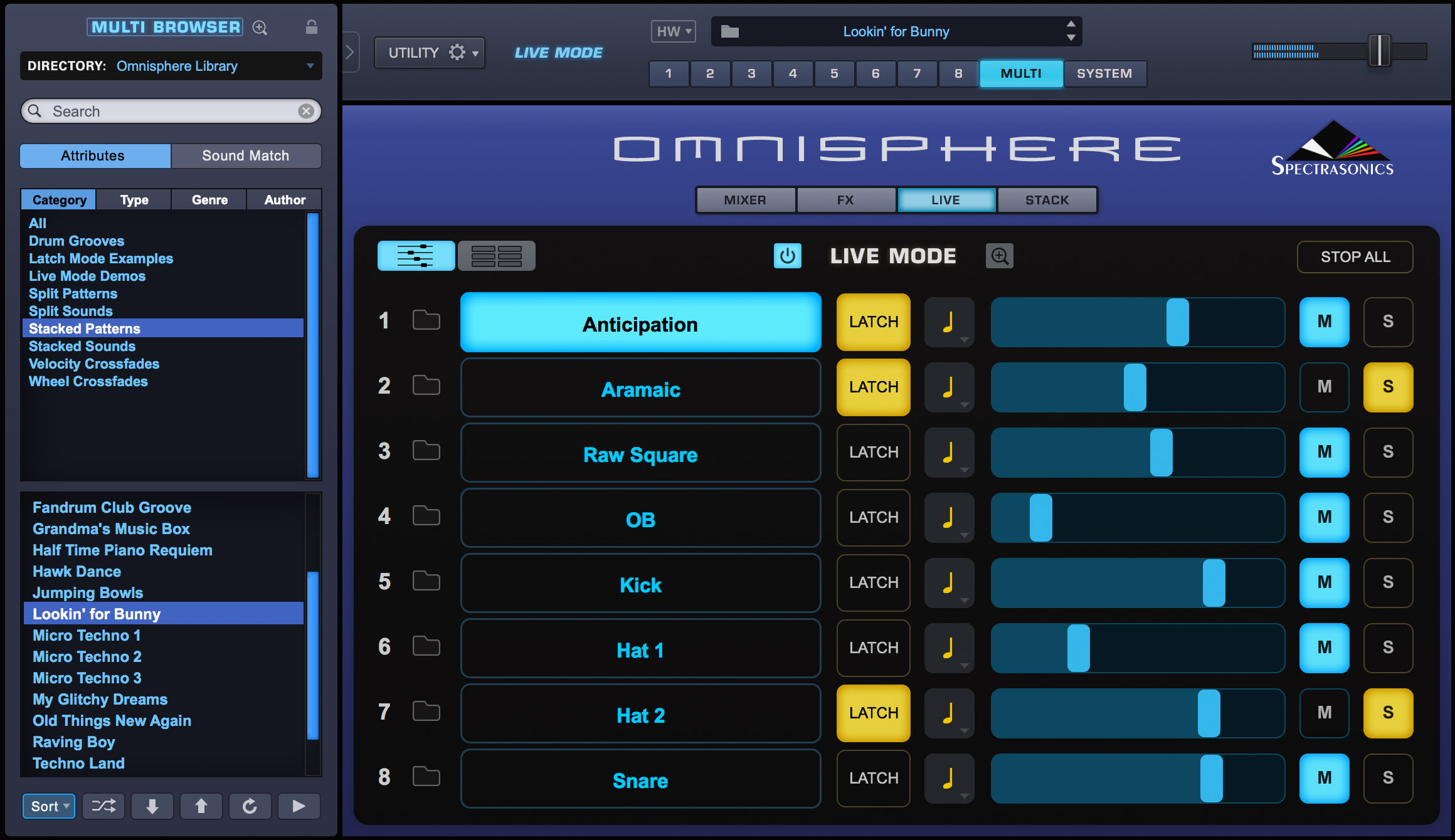
Using your favorite hardware synth as a controller, you can use it to interface with Omnisphere.
#Omnisphere 2 update
– The most important update to the already powerful Omnisphere 2 is the hardware integration which allows integration with your favorite hardware synths. There are 11 modes available in the first generation Omnisphere that help determine the way it outputs nodes. The new version has added eight additional pattern modes and play modes, which include Chord, Up, Down, Up and Down, Join, among others. The new Arpeggiator now packs a ton of new and updated tools and exciting new features, and a new presets library.
#Omnisphere 2 upgrade
– Another significant upgrade is the Omnisphere’s popular Arpeggiator which has been greatly enhanced in the new second iteration of Omnisphere. The redesigned graphical user interface now supports HiDPI displays with support for different screen resolutions. The basic layout remains the same with the same blue interface, but slightly wider with some subtle improvements, such as the new redesigned browser that works like a treat. – One of the major improvements of the Omnisphere 2 over its first generation is the new, revamped high-resolution user interface with some significant UI innovations.
#Omnisphere 2 software
The Omnisphere 2.6 has a staggering hardware library of around 1,600 new patches created by Eric Persing and the software development team of Spectrasonics. The Omnisphere 2 includes a new and updated sound library containing over 10,000 new sounds and sound sources for all types of music production works. – The next generation of Spectrasonics’ flagship software synth is a significant upgrade over its predecessor that added some noticeable improvements over the Omnisphere 1, such as the new and updated hardware library. With a staggering audio library of over 14,000 sounds and sound sources, it makes up for all your music production endeavors.ĭifference between Omnisphere 1 and 2 Sound Library The appearance remains the same, except the high resolution widened interface. Almost 7 years after its initial release, Spectrasonics hit a home run again with the Omnisphere 2 which comes with a host of additional sound sources and a ton of control features, including granular synthesis for amazing transformation, wavetable synthesis, polyphonic timbre shifting/crushing, an improved Flex-Mod modulation system, a high-resolution resizable interface, and much more. Omnisphere 2 is the second iteration of the world’s best hybrid software synth and a great improvement upon its predecessor. It is an industry standard software synth that that transforms your creative ideas into something extraordinary. It offers a host of hybrid synthesis and control features that bridge the physical gap between software and hardware, allowing users to craft new sounds and to play back the presets with a minimum of fuss. This award-winning software synth brings together a multitude of synthesis together to create one amazing virtual instrument of exceptional power and versatility. It combines a wide variety of hybrid real-time synthesis techniques with a vast library of over 40 GB of samples and inspiring patches.

Omnisphere is Spectrasonics’ flagship virtual instrument and an extremely powerful software synthesizer based on sample-based hybrid synths that use sampled waveforms instead of, or in addition to, fundamental waveforms to create sounds.

We look at the two iterations of the world’s best software synth – Omnisphere 1 and Omnisphere 2 – and try to understand the differences between the two. Omnisphere is an award-winning, flagship synthesizer of Spectrasonics – a leading developer of world class software virtual instruments based out of Los Angeles, California. One such synthesizer which is a powerhouse of a synth and an extremely versatile bundle of sounds based on sample-based synths. Synthesizers have evolved dramatically since the 1960s, coming all the way from the early modular analog systems to the present-day software synthesizers. Traditionalists used to argue that there was nothing musical about the electronic instruments back then and believed that imitating acoustic instruments would put the real musicians out of the business.īut look at now today, synthesizers are used in all parts of the music world, be it solo performances, recordings, rock bands, or experimental music. This is the time to get a better understanding of the wide variety of synths currently available and where they came from. It really is fascinating to see the musicians who once used to despise all things electronic, today they are getting all creative with the conveniences of electronics. However, it’s fascinating to even think of how far we have come and the significant developments and innovations have occurred since then. The history of electronic musical instruments goes all the way back to the 1919.


 0 kommentar(er)
0 kommentar(er)
